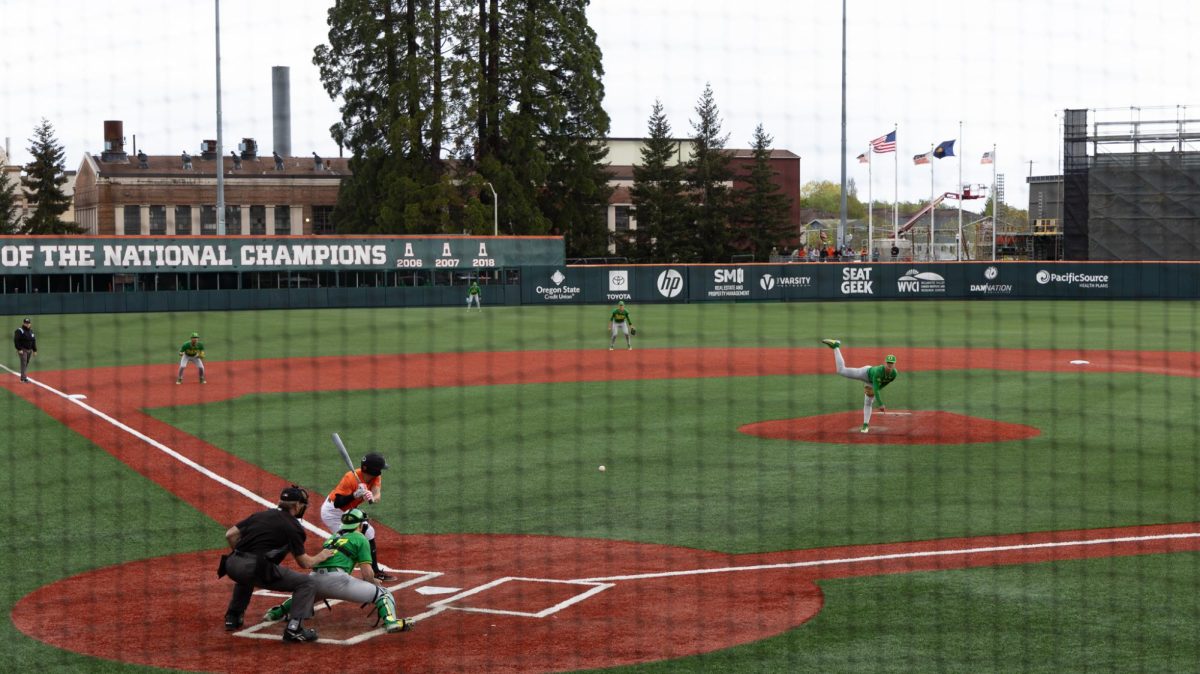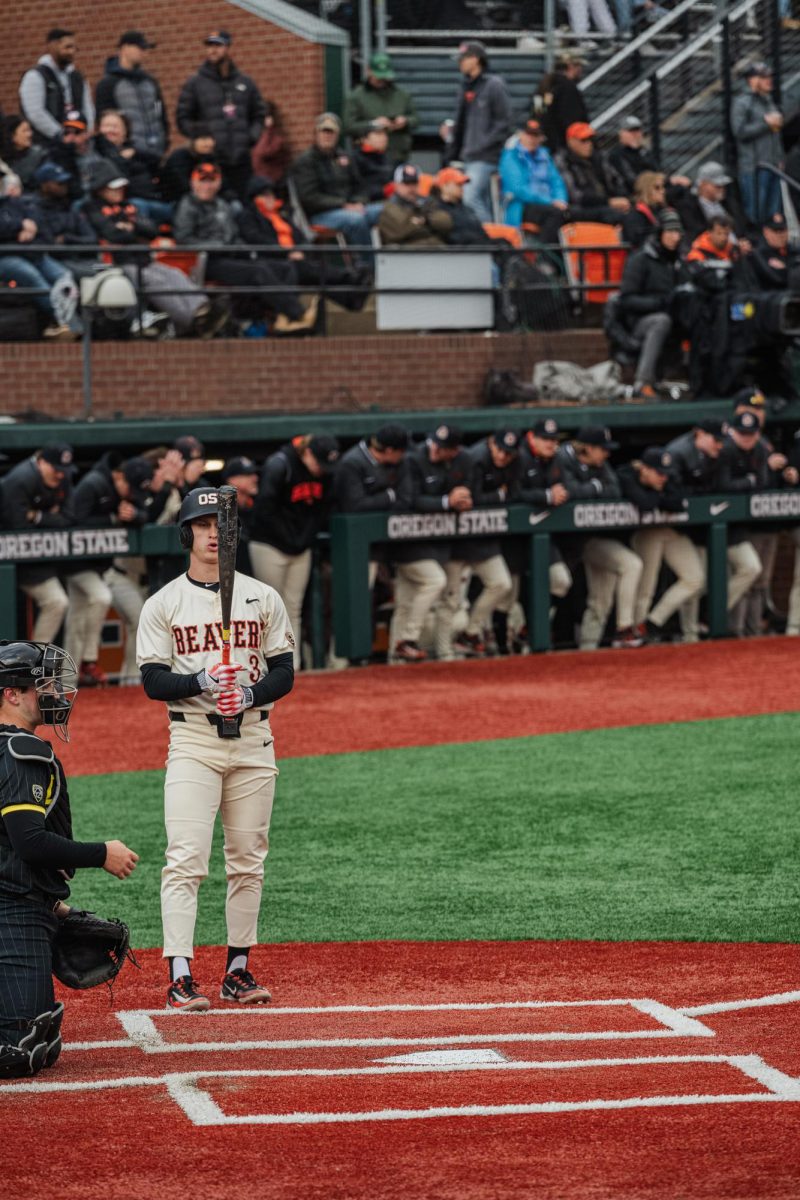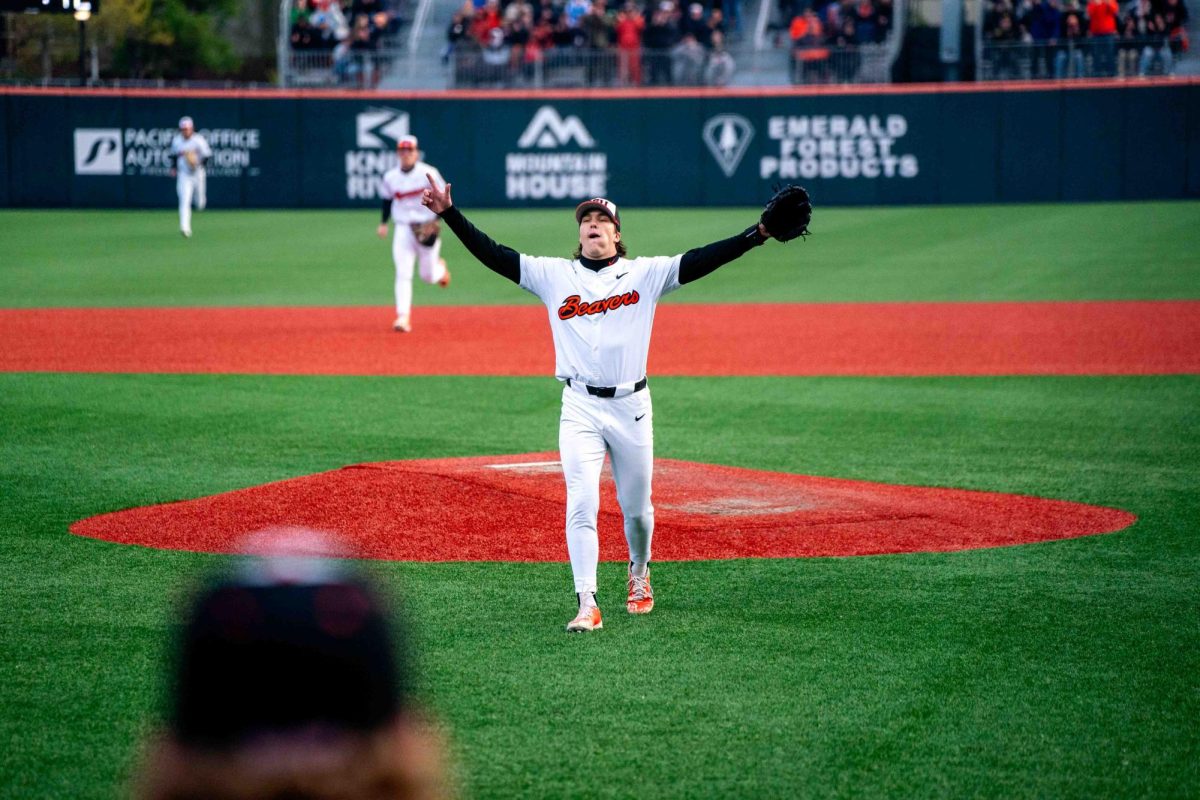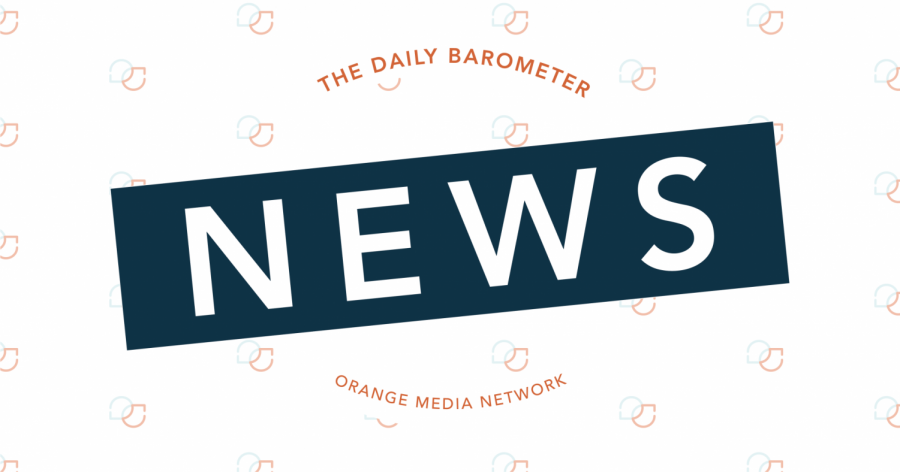Around 16 million wild salmon and steelhead used to return to the Columbia River Basin at the Bonneville Dam, but by the 1970s, it fell to less than 1 million, causing conservation efforts to commence.
Starting with the Northwest Power Act of 1980, which required fish and wildlife goals to be considered in power generation, over the next 40 years, more than $9 billion would be spent to conserve wild salmon and steelhead populations in the Columbia River Basin.
These efforts, though, have not improved the fish populations, according to a recently published study, co-authored by Oregon State University’s William Jaeger, a professor of applied economics.
Jaeger has been on several advisory boards concerning conservation efforts of salmon and steelhead, including the Northwest Power and Conservation Council that the Northwest Power Act of 1980 created, leading to his interest in pursuing a deep dive into questioning the impacts of those efforts.
Being an economist, Jaeger wanted to take a different approach.
“The idea here is you’ve got data from a 50 year time series (and) all this money being spent over the last 40 years,” Jaeger said. “It’s sort of more natural for an economist to think ‘Oh, we could do a statistical analysis here,’ and try to see which factors seem to be correlated with the trend or the ups and downs in the populations of these fish.”
The findings were not surprising to many.
“I think the study confirmed a lot of what experts had already concluded,” said Robert Lackey, a professor in the department of fisheries and wildlife at OSU who was not involved in the study.
Why billions have been spent despite not showing any signs of improving the fish populations is complicated.
When it comes to the issues fish face within the Columbia River Basin, they are often described as the “four H’s”: harvest (catching fish), hatcheries (artificial production), habitat and hydroelectric power.
“Conservationists are fighting against the tide of climate change, changing ocean conditions, continued habitat degradation, low survival of fish passing the lower four Snake River dams, and many other factors,” said Seth White, Oregon Hatchery Research Center director of fisheries and wildlife at OSU.
Reducing harvest of salmon, taking out dams and backing off of hatchery productions (hatchery fish compete with their wild counterparts), are all things researchers have been pointing to for years to improve population numbers.
It isn’t simple though.
Jaeger said the implementation of conservation efforts is political and has to happen at the federal level. When the federal government comes up with a conservation plan, they have to go before a judge.
“The judge has to make a determination whether this plan appears to be the one that will promote restoration of these endangered species and the judges have repeatedly thrown those plans out and said ‘No, there’s no evidence that this has been working,’” Jaeger said.
When it comes to actually implementing conservation efforts though, ensuring they address the key issue affecting salmon and steelhead populations is difficult.
“Fish have multiple life stages in its lifecycle and you can try to address a constraint – a limit – on one life stage, but if the overall limit on that for that fish is at a different life stage, then improving their survival at one life stage might help until they get to that other life stage,” Jaeger said.
Additionally, hydroelectric power is the main threat the salmon and steelhead face, according to Jaeger, as the dams have blocked a lot of habitat used for spawning, which results in lower population numbers. However, a lot of funds for conservation efforts come from these dams.
“There’s been a tendency to think about doing things that will get less pushback, less resistance,” Jaeger said. “So they have the Bonneville Power Administration (which) basically is the source of about half of the funds for all these projects. I mean $300 million each year … a lot of it coming from the generation of electricity.
With confirmation that current efforts are not improving populations, there are next steps to be taken.
“The study evaluates trends over a large regional scale which is an important beginning, but we need to know the particulars of what’s happening for each salmon population and watershed,” White said.
Being a research university, there are numerous ways for students to get involved with salmon and steelhead conservation efforts.
“OSU has a great resource in the Department of Fisheries, Wildlife, and Conservation Sciences,” White said. “Within FWCS and in collaboration with ODFW, the Oregon Hatchery Research Center does science and outreach on hatchery practices that support fisheries enhancement and conservation of wild fish. Getting in touch with Oregon Hatchery Research Center and asking about internships or student projects would be another way to get involved.”
There are other ways to get involved beyond internships.
“Students can have an impact on the policy process by speaking up and using their voice as a young person to try to influence their legislatures,” Jaeger said.














































































































